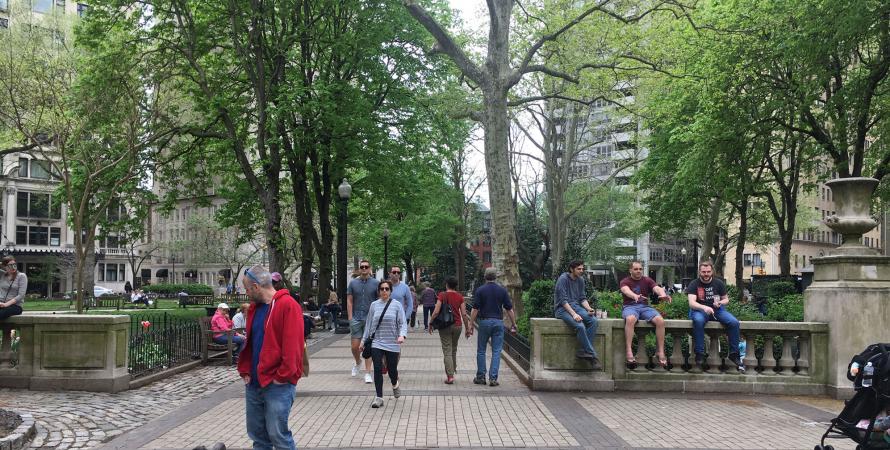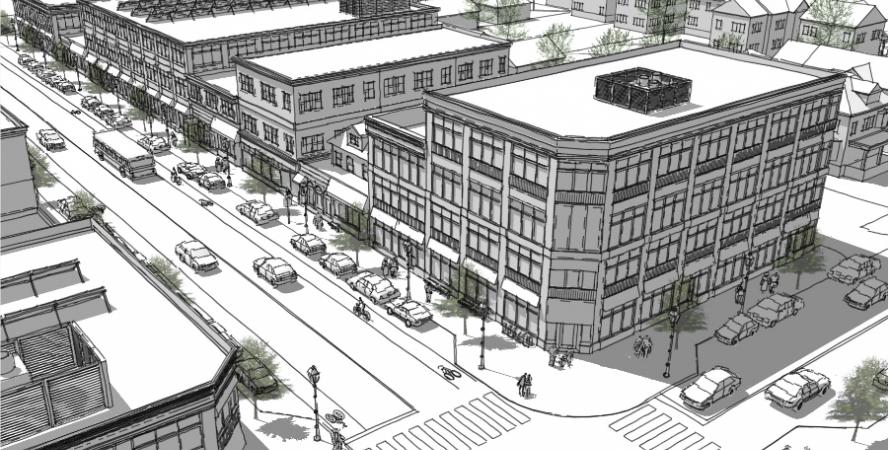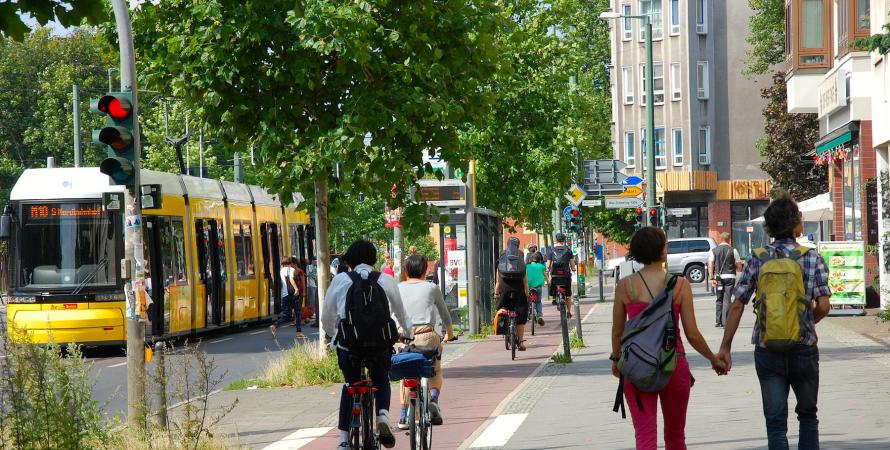-

Fifty reasons to love urbanism
Hop on the bus, Gus. Make an urban plan, Sam. Read the report, sport, on 50 reasons to love urban places.With apologies to Paul Simon, there must be 50 reasons to build a more walkable city. I have always believed that, although not in those exact words. Arup, a British multinational engineering and consulting firm, has published a report that neatly describes an impressive two score and ten benefits...Read more -

Form-based codes haven't translated to gentrification, study reports
Form-based codes have significant benefits, the question is whether these benefits are distributed equally.Form-based codes (FBCs) do not appear to lead to gentrification and they are associated with higher levels of multi-unit structures, according to a research paper by University of Chicago professor Emily Talen. In “ The socio-economic context of form-based codes ,” Talen notes that research has...Read more -

How neuroscience informs architecture and urban design
A new book covers an emerging field that provides data on human responses to places, leading to new theories on community design.Urban Experience and Design: Contemporary Perspectives on Improving the Public Realm , edited by Justin B. Hollander and Ann Sussman, is a collection of academic and scientific papers on cognitive research and community design. The book covers a lot of ground and is not easy to summarize, but it...Read more -

Preference for walkable communities strong, but young families want a bigger home
Living in a walkable community correlates to a significantly stronger reported quality of life—and that metric rose during the COVID 19 pandemic, according to a biennial poll on housing and transportation by the National Association of Realtors (NAR). Less favorably for urbanists, two generations...Read more